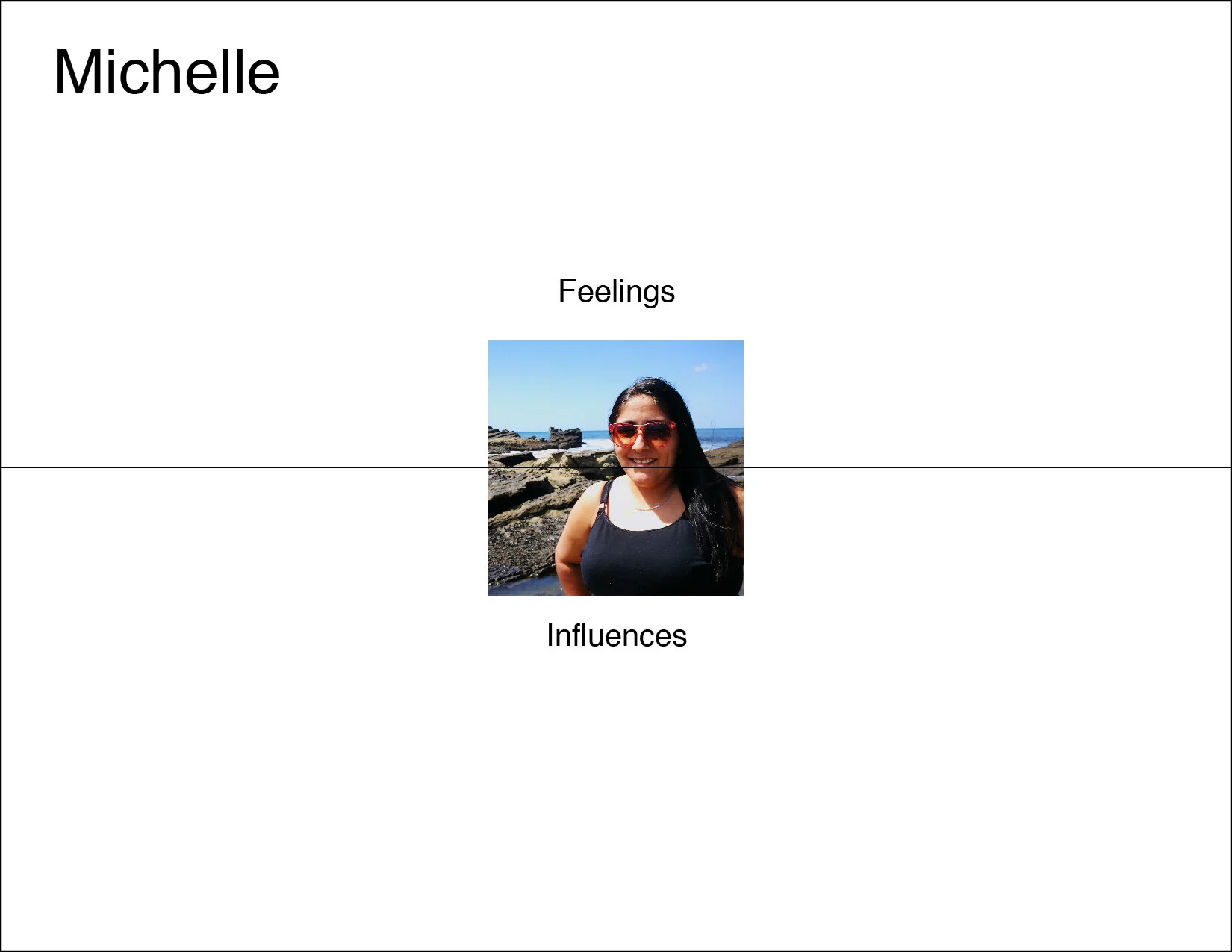Priority Health Personas
Role: Data analyzation, user research, interactive workshop facilitation
Priority Health Personas
Role: Data analyzation, user research, interactive workshop facilitation
Priority Health, an health insurance company, needed a better understanding of their personas in order to accurately tailor content and user engagement to those persona motivations, pain points, etc. Taking their base PRIZM dataset, I started to group and classify the data into 6 unique personas. Using stakeholder interviews, I refined the 6 personas and layered on demographic information. Next, by facilitating an in-person client workshop, I was able to outline Priority Health content priorities. As a final step, I documented how to communicate the content priorities to each of the personas based on their characteristics, giving the client the actionable personas they needed.
Problems Solved
Refined, actionable personas
Analyzed PRIZM data to identify trends and make it useful
Determine communication priorities
Process
Data review & user research
Priority Health came to us with multiple files of PRIZM data which they purchased through Claritas. To make some sense of all of this data I stared to sort through it and group like pieces together. During this step I started to see a pattern emerging through the data.
User & stakeholder interviews
After sorting through the PRIZM data and establishing rough groupings of data I turned to the real life stakeholders. To further understand the people behind the data sets, I conducted interviews to gather information which is not in the data sets and to start to understand if I was on the right track with the groupings.
Client ideation workshops
Once I had a rough outline of the personas, I was able to enlist the help of the client and host in-person, interactive ideation workshops with the client. The end goal of these workshops were to understand and help determine communication priorities as well as further refine the personas.
We did 3 different types of workshops together:
Human analogy
Abbreviated empathy mapping
20/20 vision
Human analogy
Analogies are one of the best ideation techniques to learn how someone or a group of people think about something. With this human analogy exercise, I asked what job or occupation each persona might have from the information they know about them. This helps me further understand the complex persona by distilling them down into roles and jobs. It draws parallels between a fictional persona and the real life world.
Abbreviated empathy mapping
Using the persona data which I gave the client, I wanted to have them brainstorm feelings and influences with the persona might have. The whole goal of user centered design is to step into the user’s shoes. This helps us get into the heads of our client’s team and understand more about the perspective they have about their users.
20/20 vision
Once I had more of an understanding of the client’s thinking process within regards to their users and personas, I had the means to start asking about how the client wants to communicate to them. The previous workshops did a great job influencing this one perfectly by building the client’s knowledge of their users allowing us to refer back to items we already have documented and agreed upon.
Personas
Based off all of the data now collected via the PRIZM data sets, user & stakeholder interviews, and client ideation workshops I was now able to create a final draft of the personas.






Results
The personas created during this project ended up being used across their main communication channels as well as engaging their users on all digital platforms.








